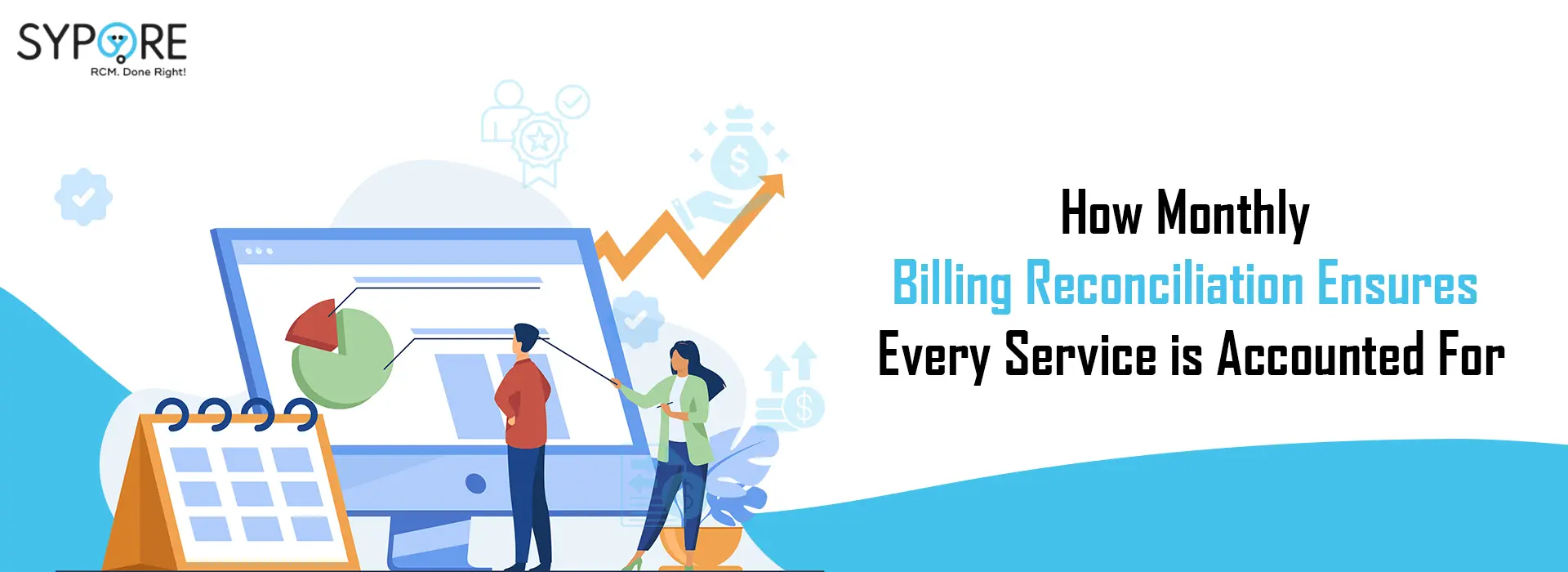
20 Feb How Monthly Billing Reconciliation Ensures Every Service is Accounted For
Managing billing for any business can quickly become a tangled web of invoices, payments, and services. Whether you’re running a small startup or a growing enterprise, ensuring that every charge aligns with the services delivered is critical for maintaining financial health and trust with your clients. That’s where monthly billing reconciliation becomes a necessary practice.
What is Billing Reconciliation?
Billing reconciliation is the systematic process of comparing your invoices and payments to verify that all charges are accurate and every service provided is accounted for. This ensures no discrepancies in billing, avoiding overcharges, missed payments, or outstanding credits. When performed monthly, it creates a consistent, reliable system to keep your financial records accurate and build accountability.
Why is Monthly Billing Reconciliation Important?
Here’s why dedicating time to billing reconciliation each month is essential:
1. Catch Errors Early
Errors in billing can occur due to incorrect service charges, duplicate invoices, or overlooked payments. By reconciling monthly, you can promptly detect and address these errors before they grow into significant discrepancies.
2. Maintain Client Trust
Clients value transparency in billing. A consistent reconciliation process reduces the chances of billing mistakes that could damage your reputation and weaken client relationships.
3. Improve Cash Flow Management
Reconciliation helps identify unpaid invoices or overdue payments. Tracking these issues monthly means you can ensure timely follow-ups, safeguarding your business’s cash flow.
4. Facilitate Compliance
For companies subject to audits or stricter financial regulations, monthly billing reconciliation serves as an essential record, ensuring compliance with legal standards while keeping everything well-organized.
5. Streamline Operations
When conducted regularly, reconciliation improves operational efficiency by reducing the time and confusion typically caused by billing disputes or untracked invoices.
How to Execute Monthly Billing Reconciliation
Follow these steps to establish an effective monthly billing reconciliation process:
1. Organize Your Records
- Compile all invoices sent to clients for the month.
- Gather records of payments received (including methods like bank transactions, checks, and online payment platforms).
2. Compare Records
- Match each service or product provided to the corresponding client invoice.
- Verify that all payments received align with invoices issued.
3. Identify Discrepancies
If you notice mismatches—such as underpayments, overpayments, or missing invoices—log them immediately. Discrepancies might include:
- Payments that don’t match the agreed-upon service fee.
- Missed or forgotten client invoices.
- Refunds or credits that haven’t been recorded.
4. Resolve Issues
Once discrepancies are documented, follow up to resolve them:
- Contact clients for clarification regarding payment issues.
- Work with your accounting team to ensure adjustments, reimbursements, or additional invoices are issued as needed.
5. Automate Where Possible
Consider using billing reconciliation software or tools integrated with your accounting systems. These tools can reduce human error and save significant time by automating steps like invoice matching, error detection, and payment tracking.
6. Document Everything
Ensure each month’s reconciliation is thoroughly documented. These records are invaluable for identifying trends, providing proof in audits, and maintaining consistent oversight of your business’s financial health.
Tips for Smooth Monthly Reconciliation
- Designate Responsibility: Assign a dedicated team member or department to handle reconciliation so it’s consistently performed without delays.
- Use Cloud Software: Invest in reliable cloud-based billing systems that allow real-time syncing of invoices and payments.
- Conduct Spot Audits: Periodically audit your reconciliation process to confirm things are running smoothly and adjust your processes where necessary.
Final Thoughts
Monthly billing reconciliation is more than a financial task—it’s a critical operational process that ensures accountability, builds trust, and streamlines business functions. By dedicating time to verify your invoices and payments each month, you’re not just preventing mistakes. You’re fostering a foundation of reliability, transparency, and efficiency that will benefit your business for years to come.
Start implementing a monthly reconciliation process today and see how streamlined billing can elevate your business!
Sorry, the comment form is closed at this time.